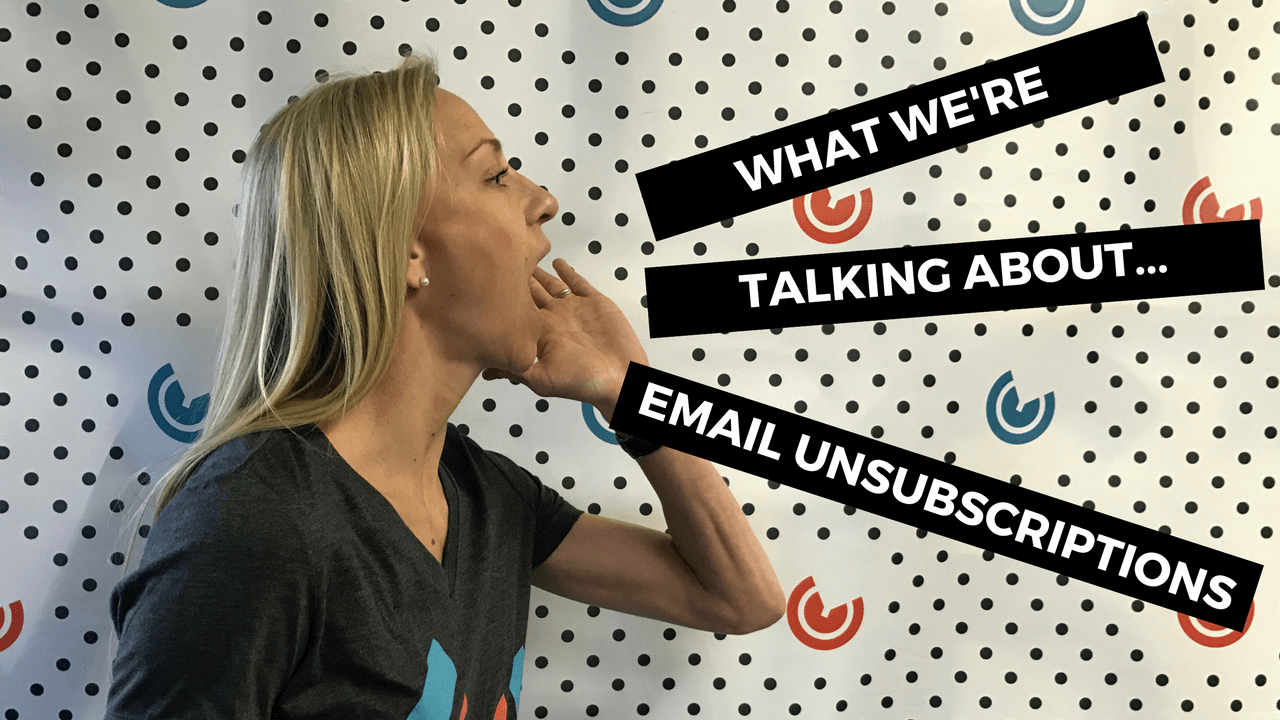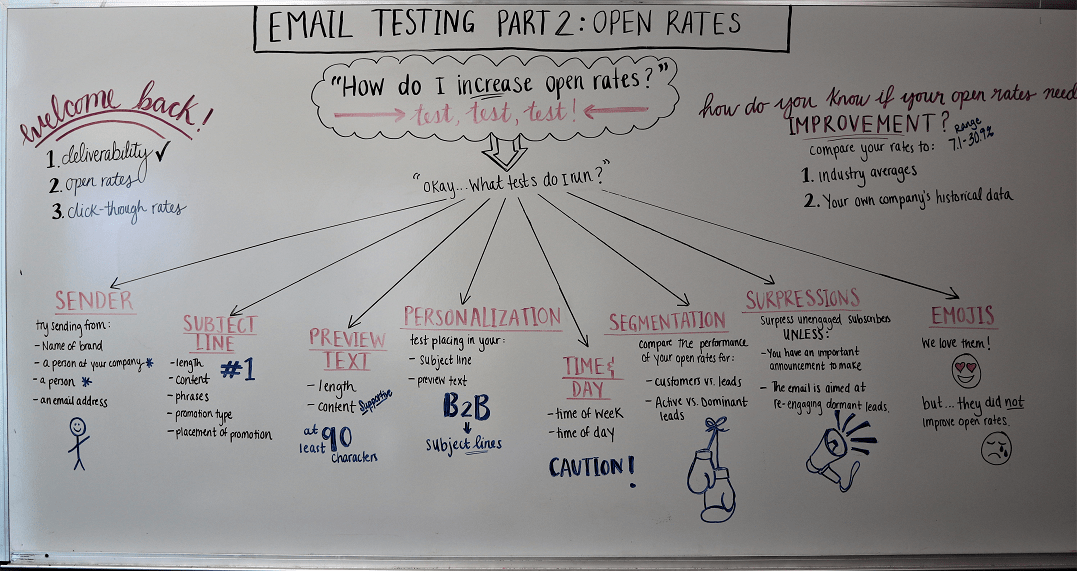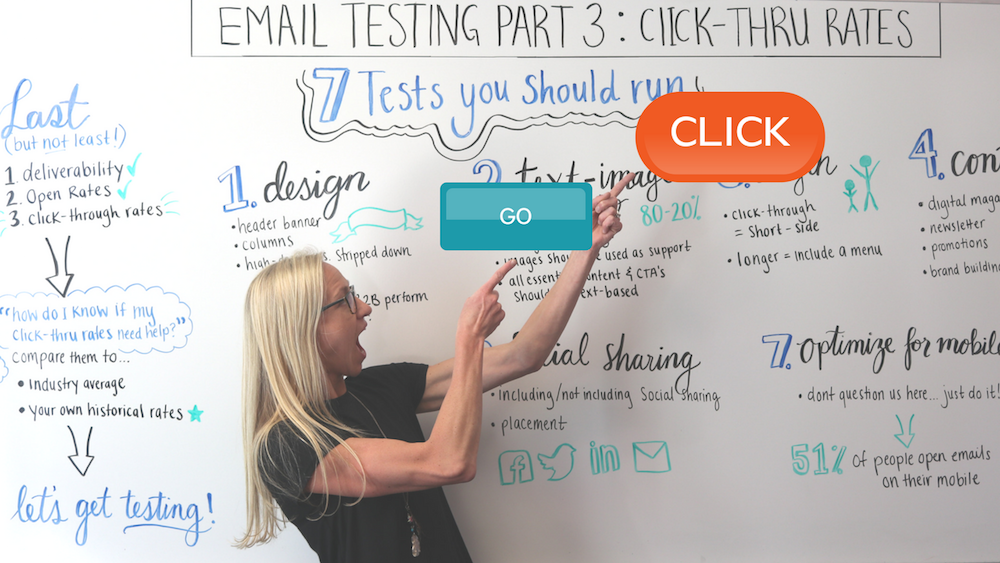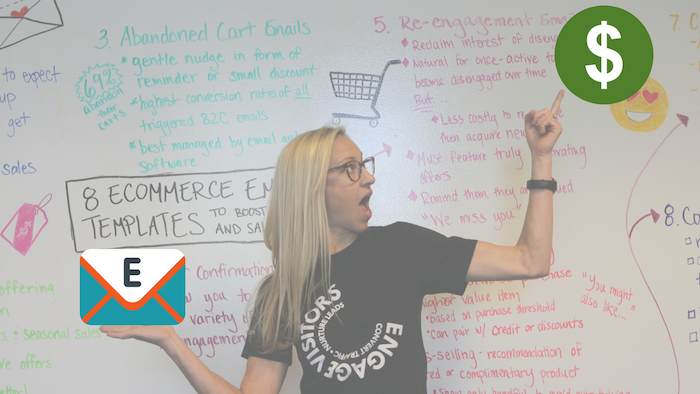Email Testing To Improve Open Rates
Welcome to Part 2 in our series on Email Testing. In Part 1 of our series, we covered the top 3 things you should be testing and optimizing:
I know what I am looking for, and would like to chat.
A team of data-driven marketers obsessed with generating revenue for our clients.
Because the proof is in the pudding.
At Campaign Creators we live by three principles: Autonomy, Mastery, Purpose.

You work hard to get people to raise their hand and say, “Yes, please contact me about your company.” Which is why your gut reaction when people unsubscribe from your list is probably negative. After all, building an email list is a net number, and a smaller list means fewer potential customers, which in turn, means less revenue.
On the other hand, do you really want a list full of unengaged subscribers who don't actually care about your brand and will never turn into real customers? No.
So if you are wondering where is the balance? And how do I get there? Here's what were talking about...
This blog post is part of “Your Definitive Guide to Lead Nurturing” blog series.
“It’s the engagement that matters. And that’s why sometimes the number of subscribers on your email list is just that: a vanity metric.”
Even vets make rookie mistakes now and then, like that typo you missed in your last email campaign or accidentally sending an email to the wrong segment. Rookie or not, this blog doesn't just chastise you, it provides actionable solutions to remedy your mistakes.
“Most of the unsubscribe surveys we’ve seen haven’t kept up with the growing number of reasons that consumers unsubscribe.”
It often seems as if including an unsubscribe survey has become a necessary evil of email marketing. I mean, does anyone actually look at the results of those things or do anything with them? That's why I love this article. It breaks down how you can use your unsubscribe survey to actually drive improvements in your email marketing program — if you ask the right questions. It made me rethink our survey and I think it will do the same for you.
“High unsubscribe rates aren’t the end of the world. In fact, more often than not, it’s a sign that your list is getting healthier.”
.jpg?width=600&name=Copy%20of%20just%20for%20you!%20(1).jpg)
Neil Patel argues that if people are unsubscribing, it might actually be a good thing and if they’re not, you may want to consider dumping them yourself. After all, the goal of email marketing is to create customers, so maybe what you really should be focusing on is the email metrics that actually matter - CTR, conversions, and ROI. Even so, Neil provides a list of tips and techniques for keeping a healthy and engaged email subscriber list.
“It had reduced the friction and anxiety of the email viewer by offering a clear alternative option for dismissing themselves.”
The Dallas Theological Seminary was running a campaign for North Texas Giving Day, a fundraising opportunity each year for regional nonprofits. They wondered: If we allow individuals to ‘opt-out’ of just this specific campaign, will the unsubscribe rate decrease? In the end, providing the option to unsubscribe from this particular campaign's communications (but not future campaigns) produced a 33% decrease in unsubscribes. This experiment shows us that some individuals may not want to unsubscribe from all communication, but when left with no other option, they will.
“While many users will likely stick to their original decision to unsubscribe, it’s also possible that many will appreciate the humor and sign up again.”
Thanks to the CAN-SPAM Act, we know that we have to give people a way out. But unsubscribe pages are branding real-estate that shouldn't be ignored. Here are 9 different examples of unsubscribe pages that bring a fresh take on the email breakup.
“The three largest sources of spam in the first quarter of 2017 were the United States, Vietnam and China.”
To combat spam and protect consumer privacy, anti-spam laws for email marketing have been rolled out in numerous countries over the past 10-15 years. Email marketers must be careful to comply with these laws or face steep penalties. For example, each separate violation of the US federal CAN-SPAM Act is subject to penalties of up to $16,000 and California violations are $1,000 each. In many cases, marketers are also subject to the anti-spam laws of the countries where their recipients reside, even if they don’t live or do business there. This infographic and supporting article will fill you in on anti-spam laws around the world.
“Benjamin Franklin said there were only two things certain in life: death and taxes. Well in email marketing, there is only one: unsubscription.”
If you have a high unsubscribe rate, it's an indication that there is some customer dissatisfaction. This chart looks at unsubscribes by sector. The average unsubscribe rate is 0.49%, but the sector with the highest unsubscribe rate is B2B (non-retail) displaying at 1.08%. On the other hand, the best performing is Public Relations at 0.10%. How do your rates stack up to industry benchmarks?
In the end, don't fret over a few unsubscribes. Think of it as free database cleansing. Your goal should be the create the best experience possible for those who stick around by providing personalized, relevant content at reasonable intervals.
If you need help generating leads to bulk up your email list, get your free [guide]An Introduction to Lead Generation.

Welcome to Part 2 in our series on Email Testing. In Part 1 of our series, we covered the top 3 things you should be testing and optimizing:

Welcome to Part 3 in our series on Email Testing: Click-through rates. In Part 1 of our series, I covered the top 3 things you should be testing and...

For many eCommerce businesses, retaining new customers is every bit as big of a challenge as attracting their attention in the first place. Lead...